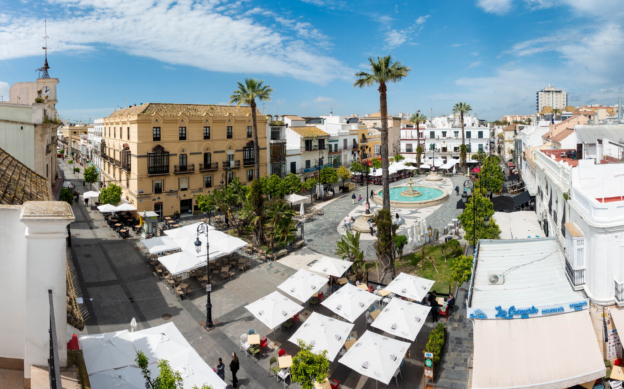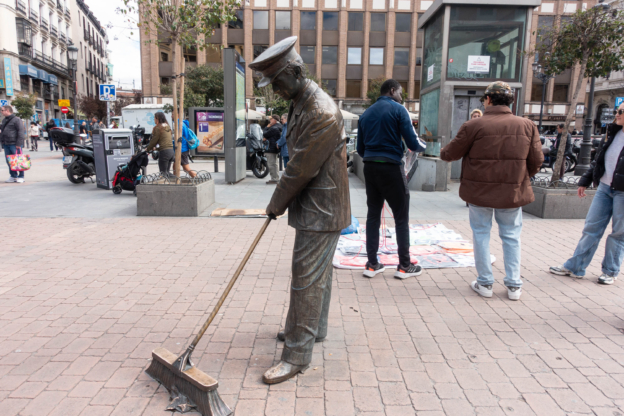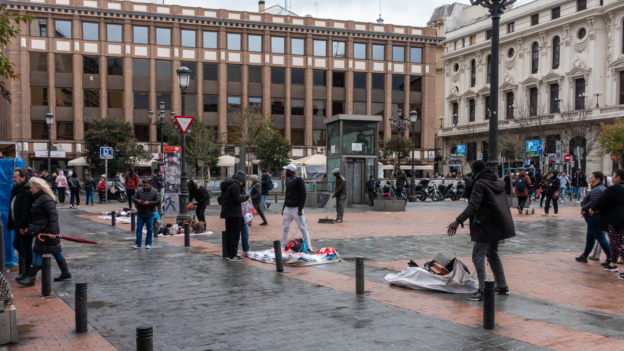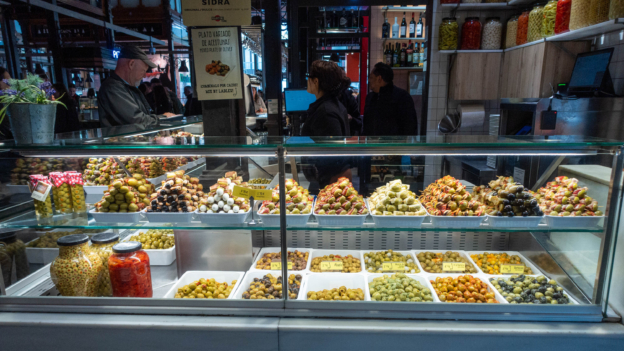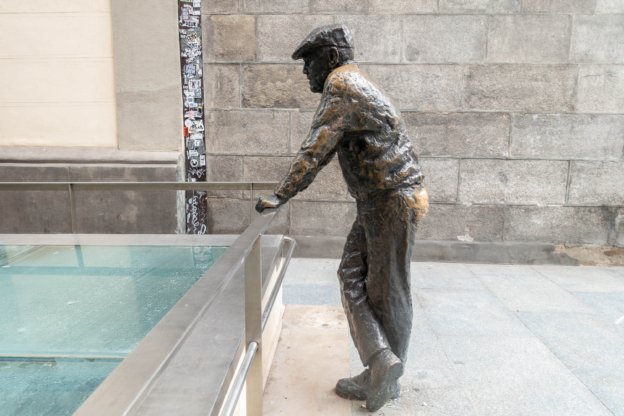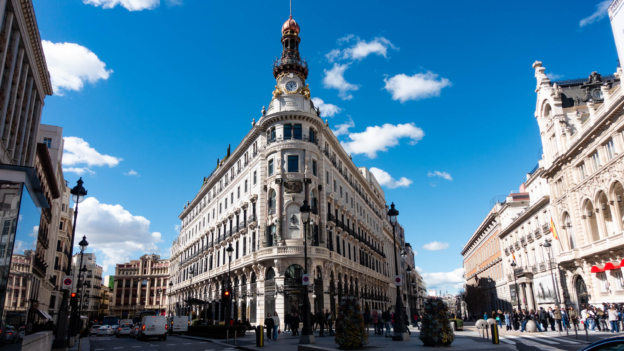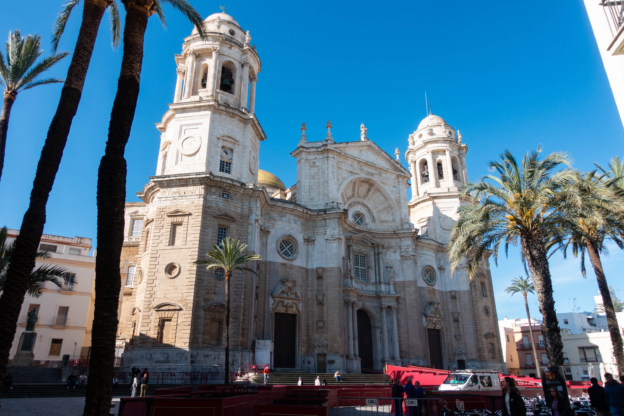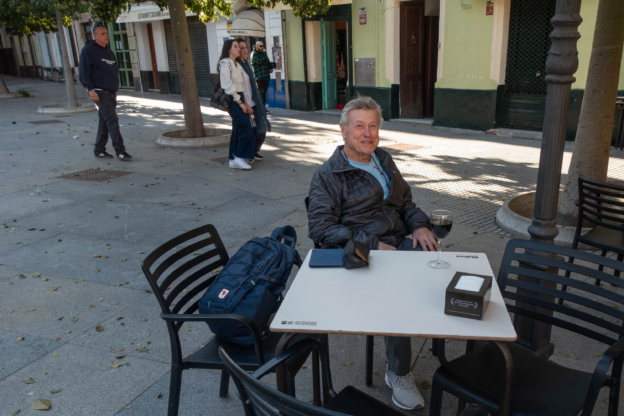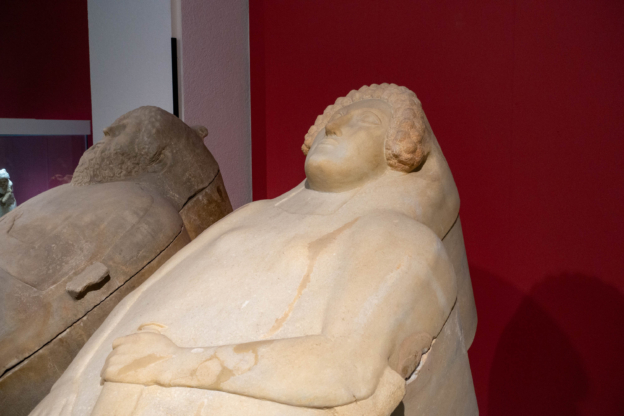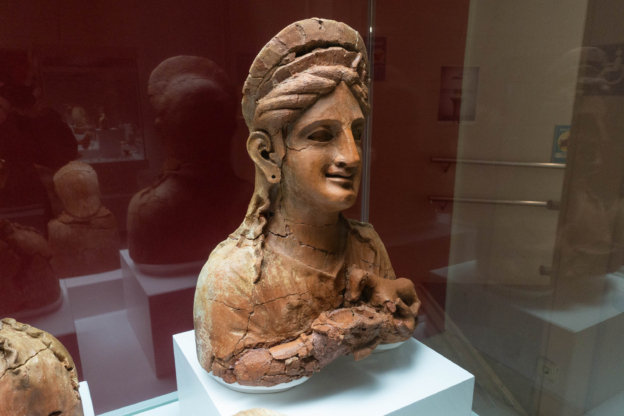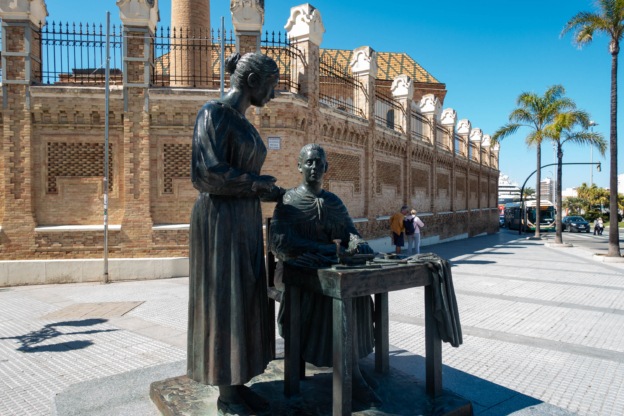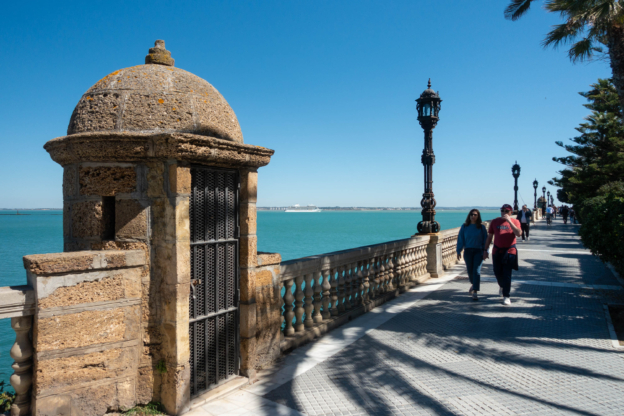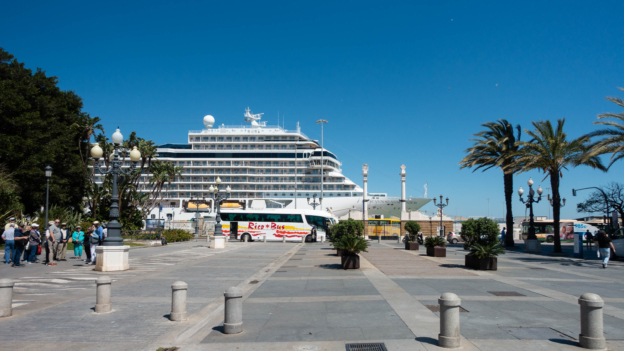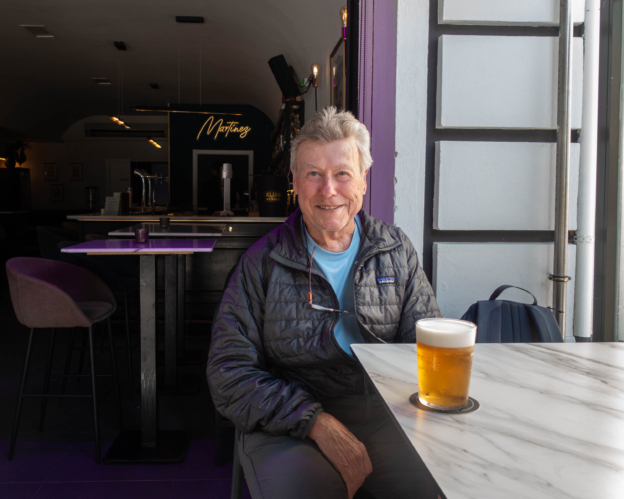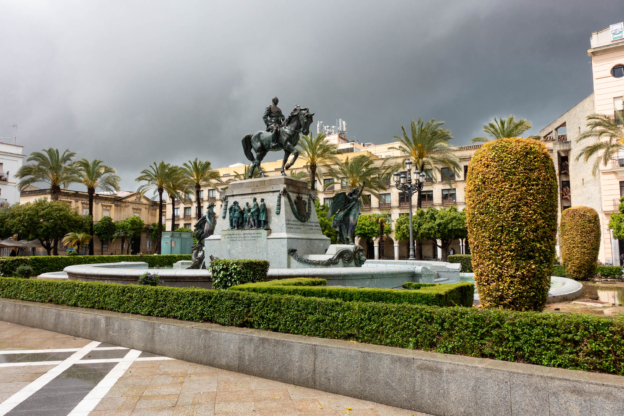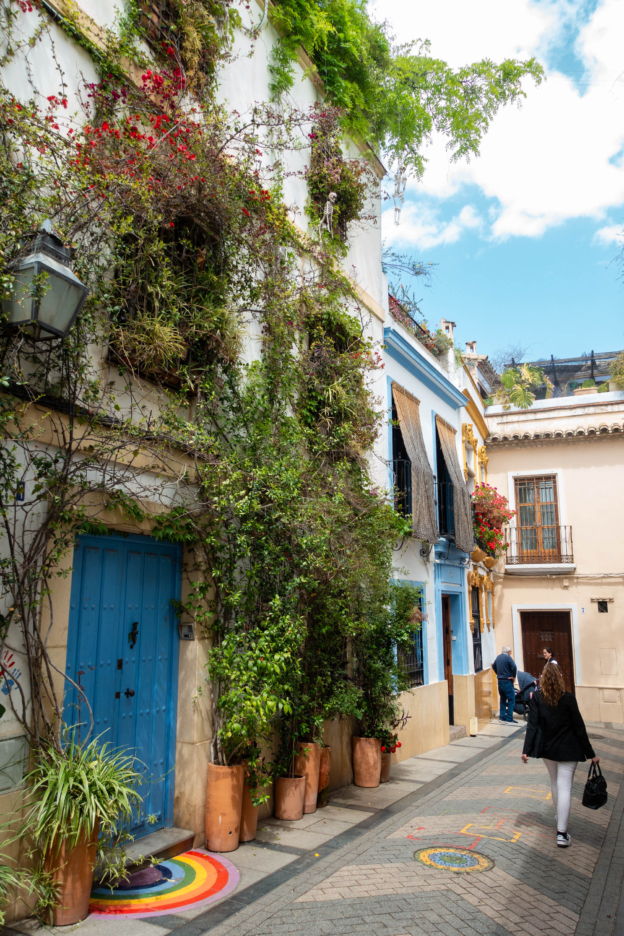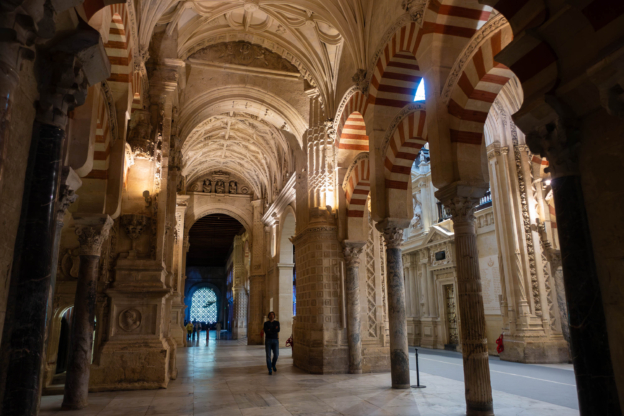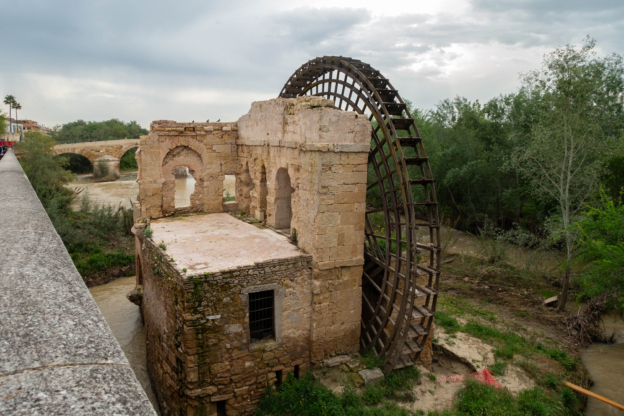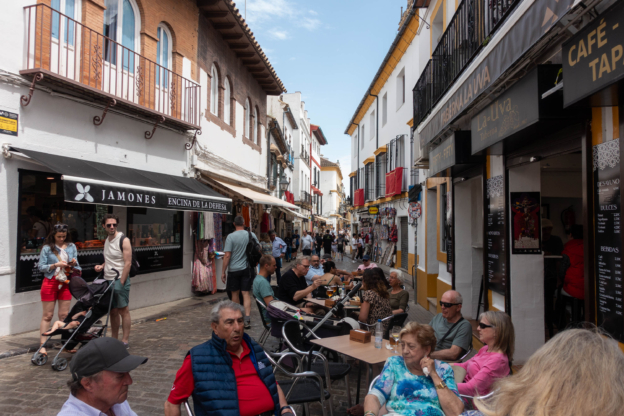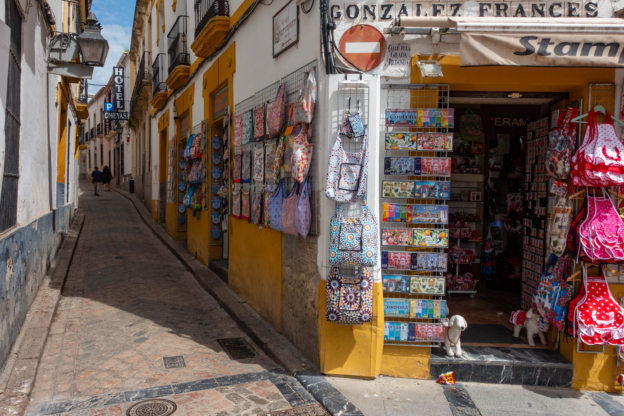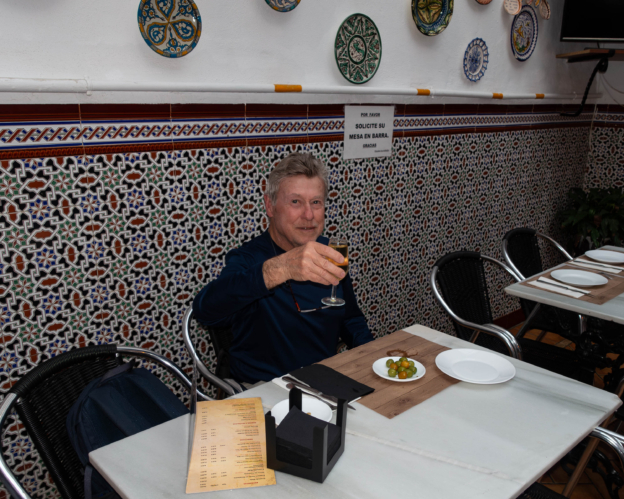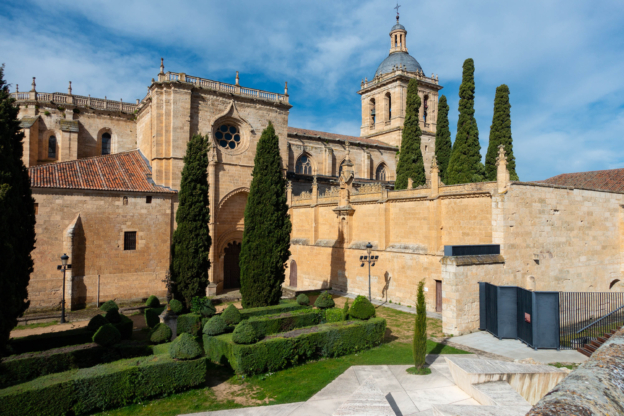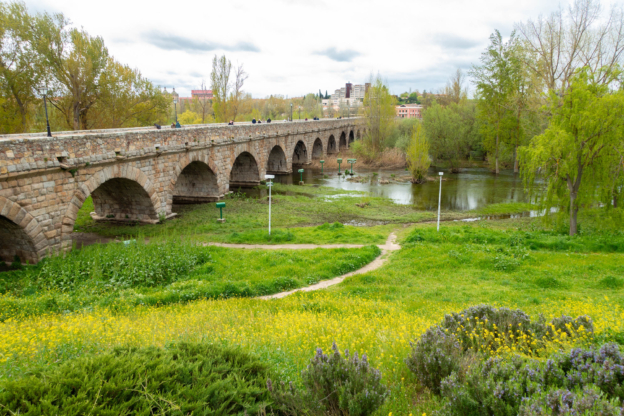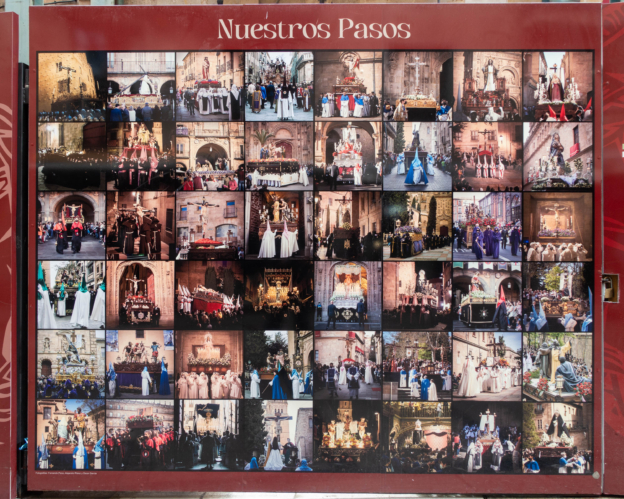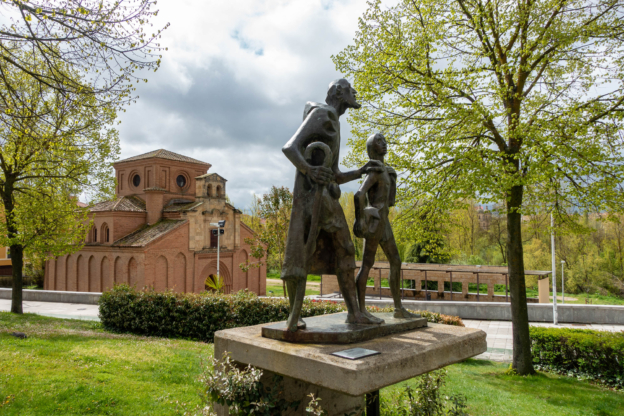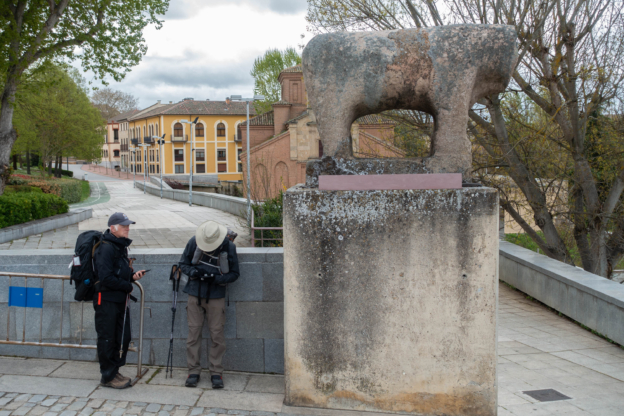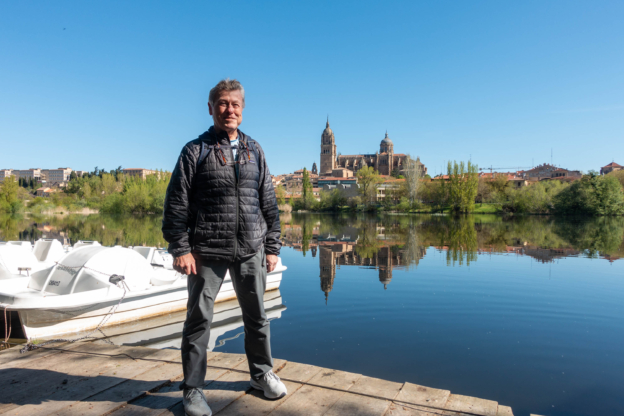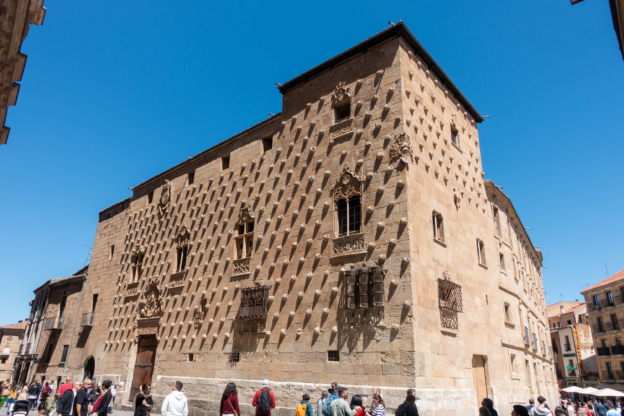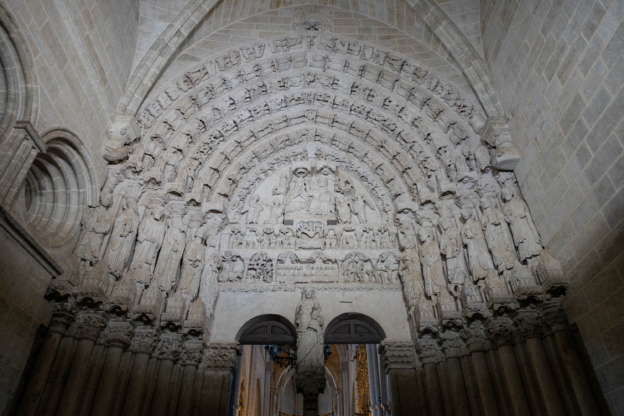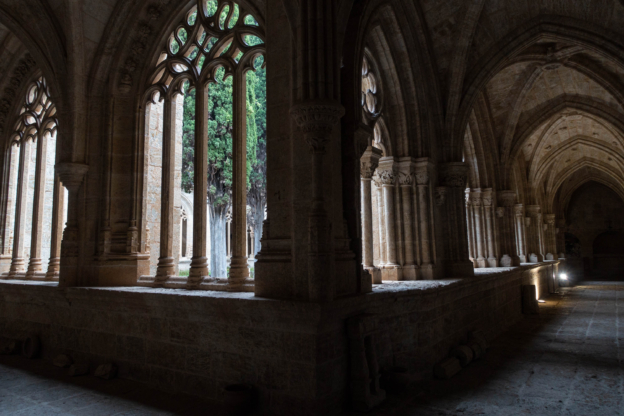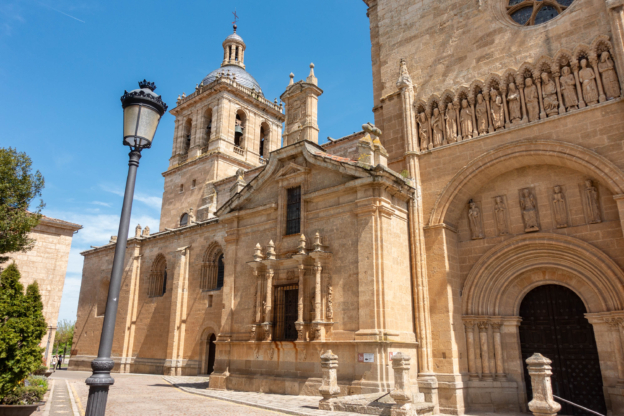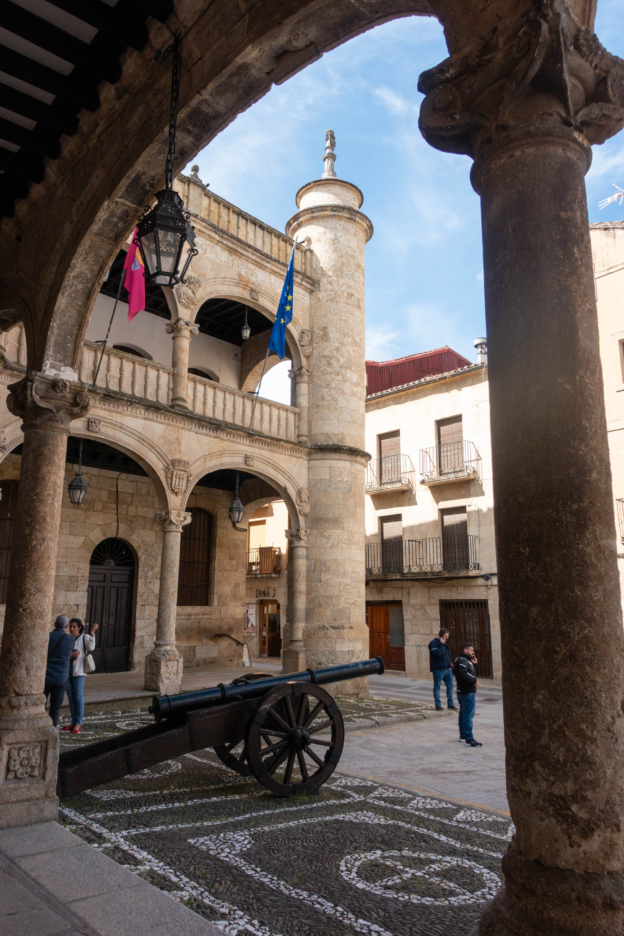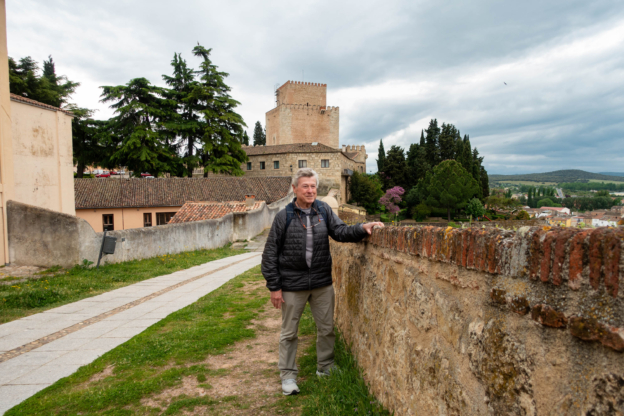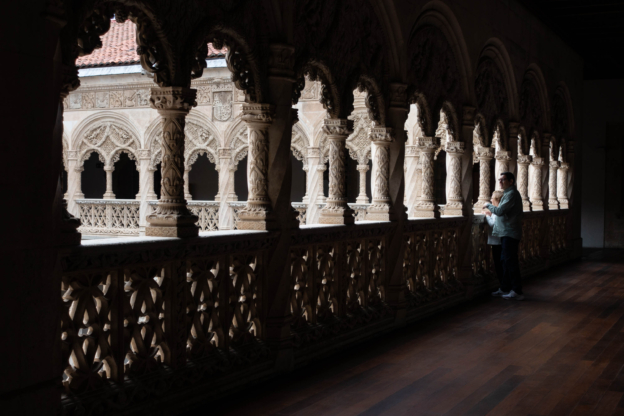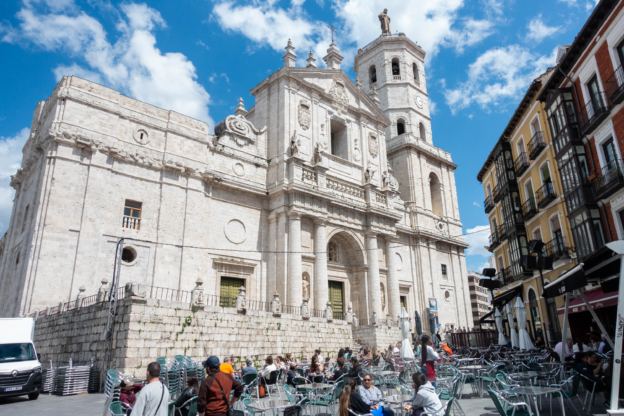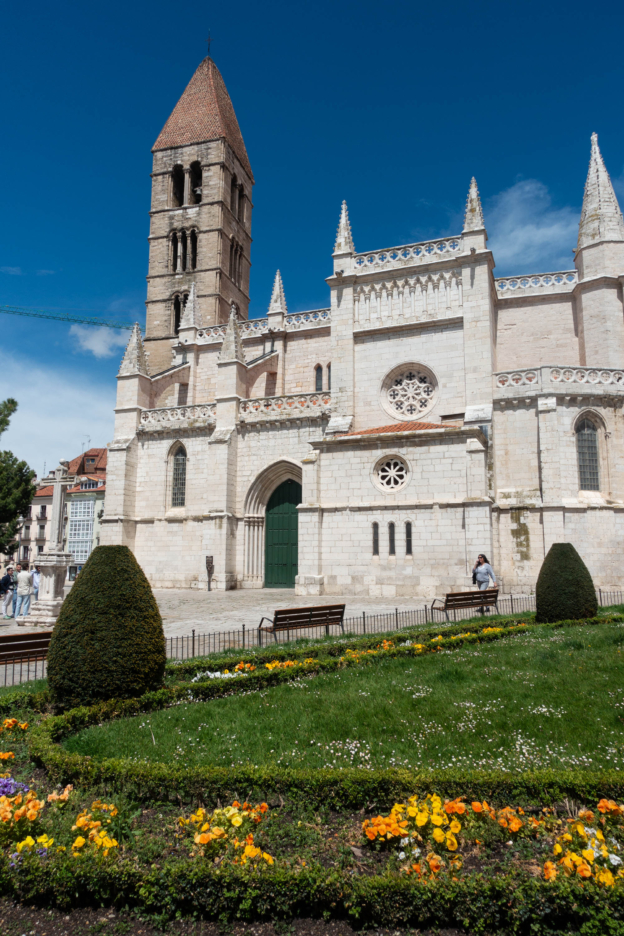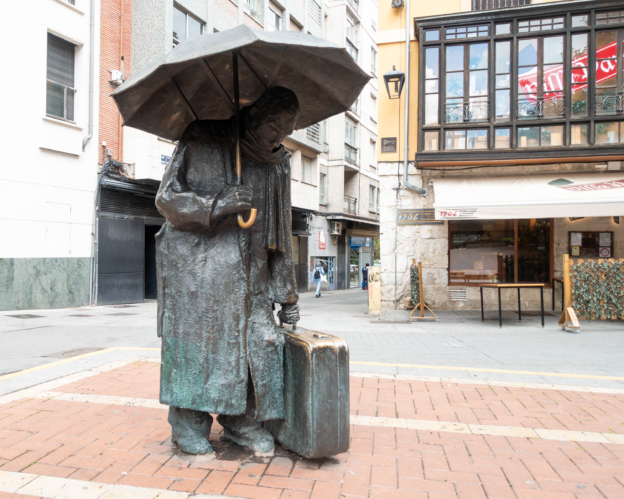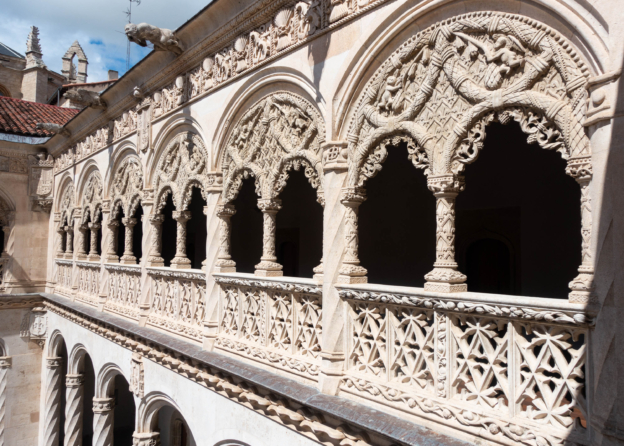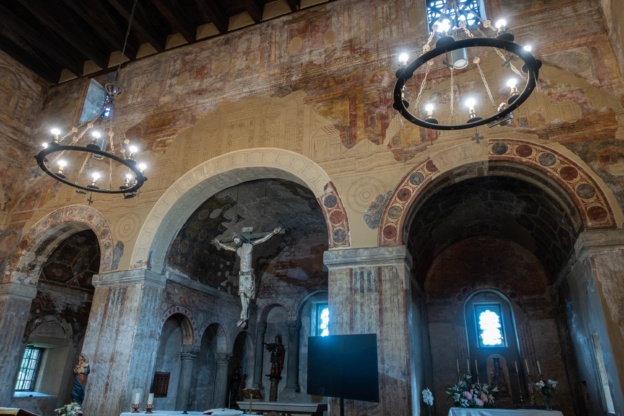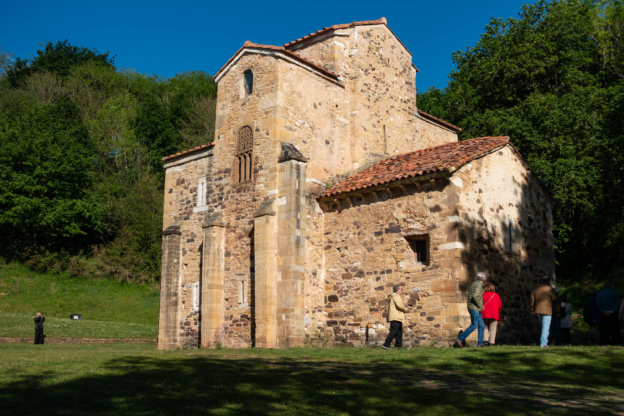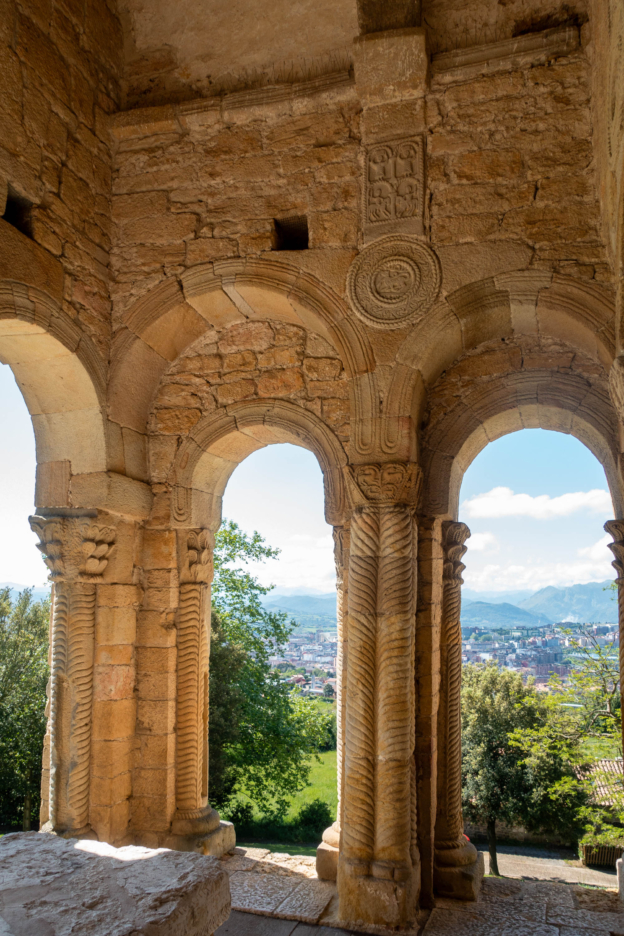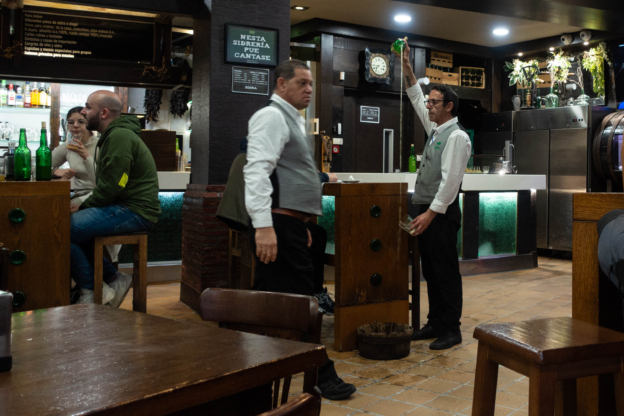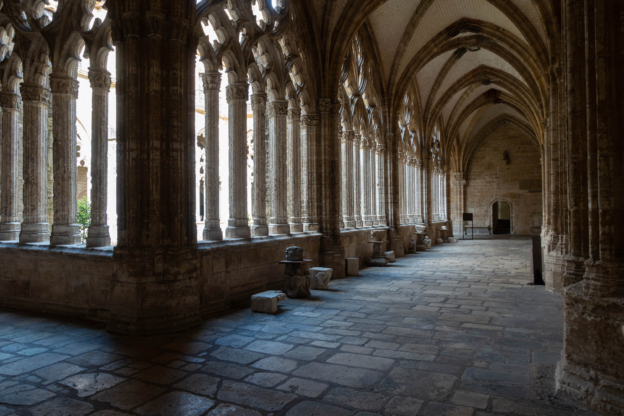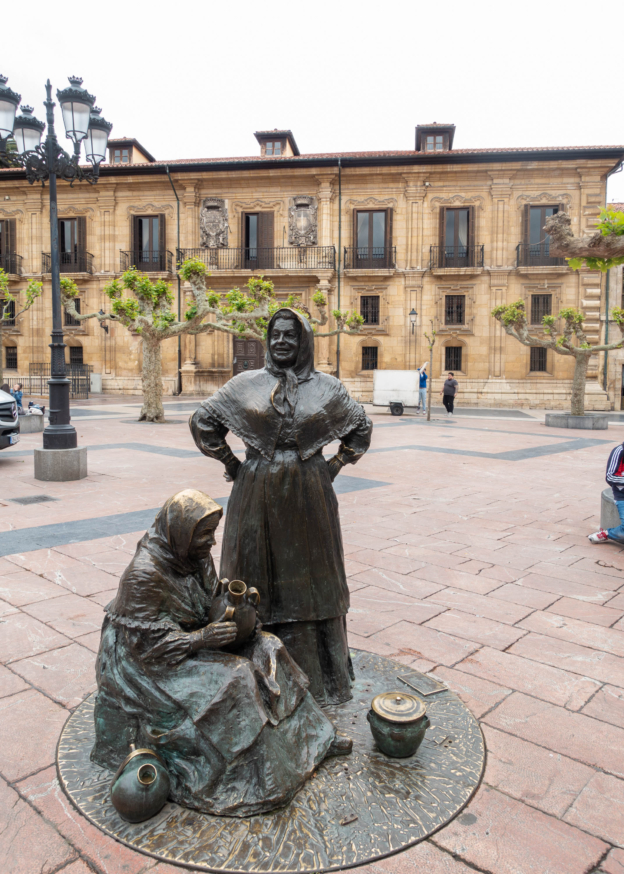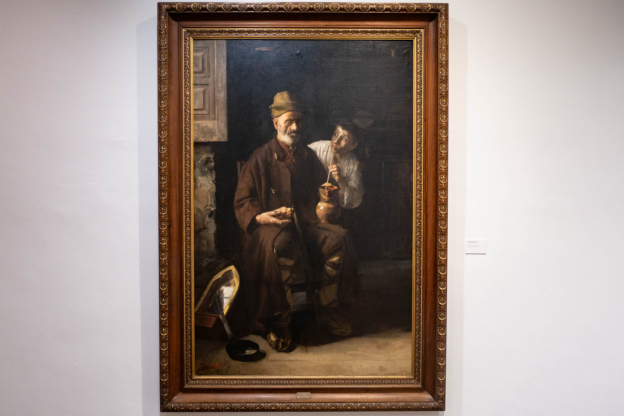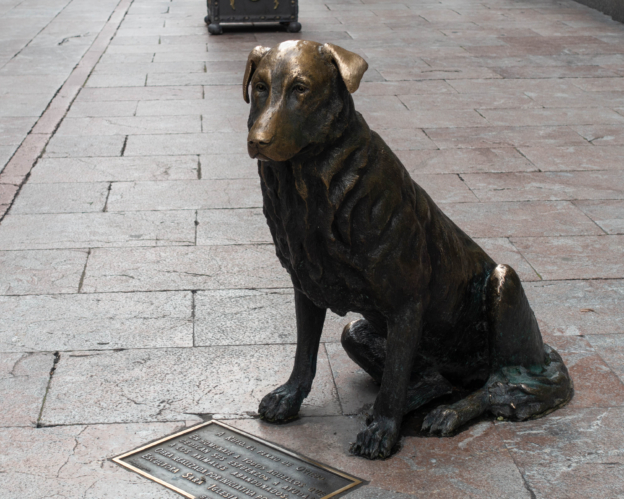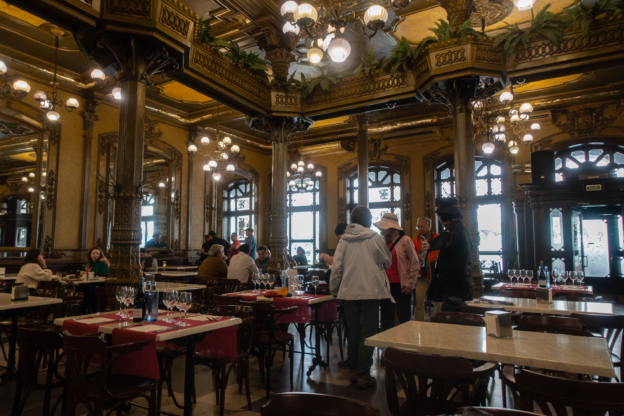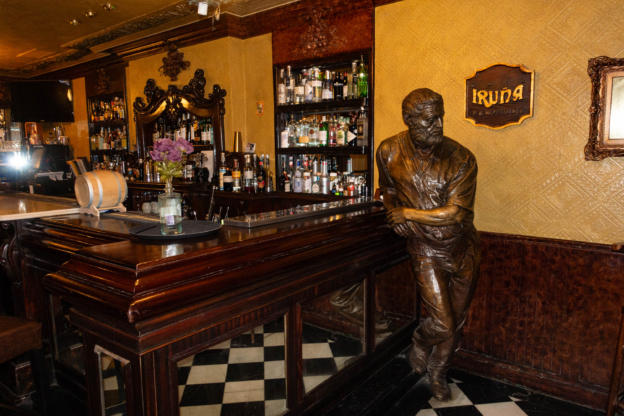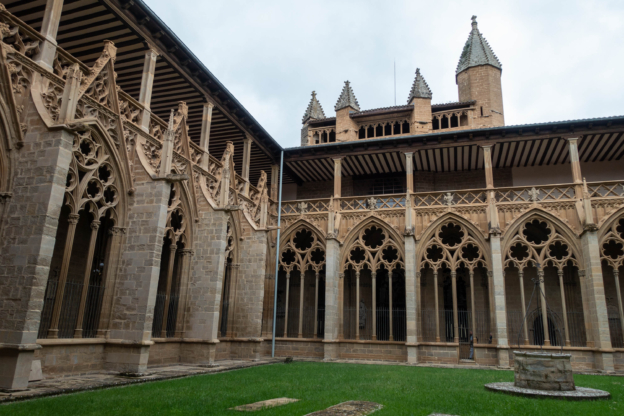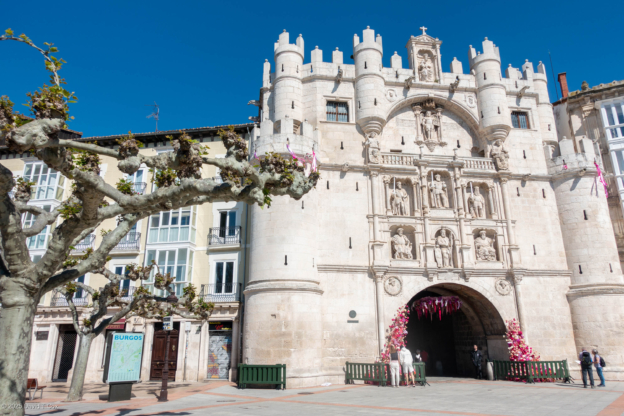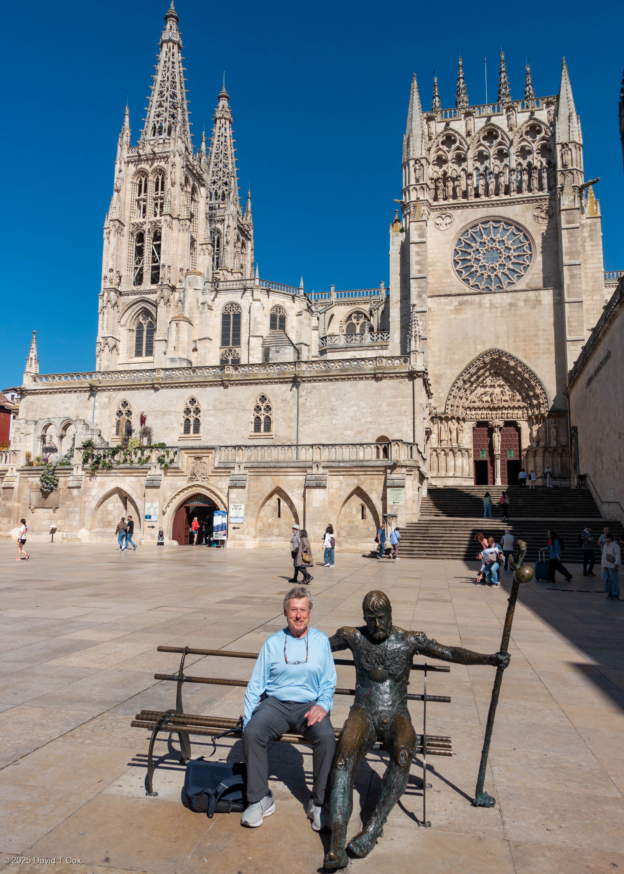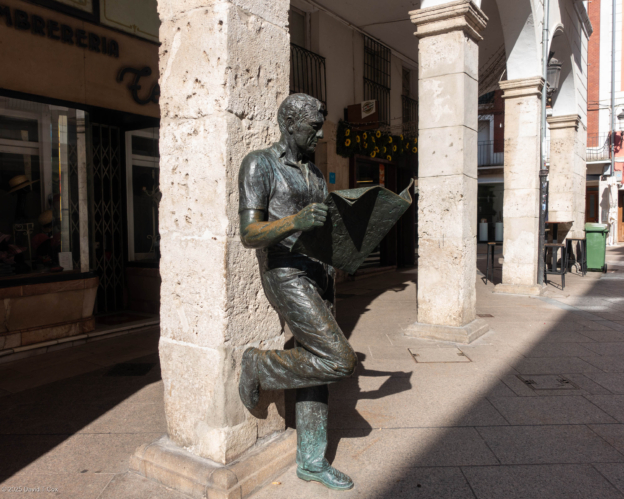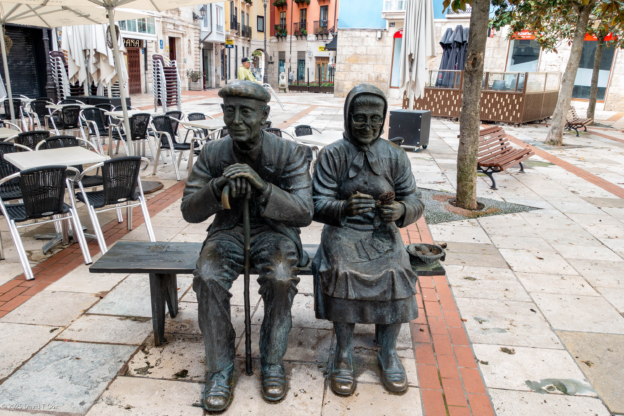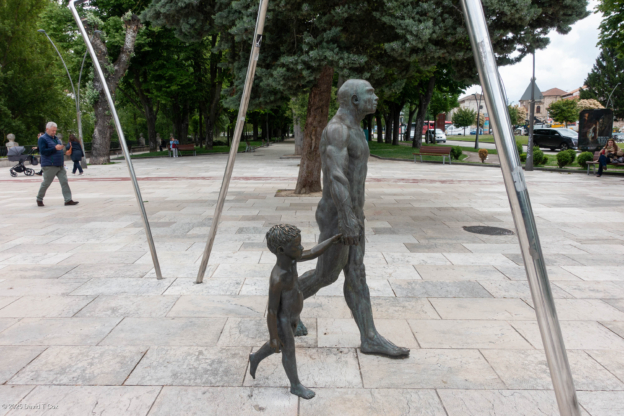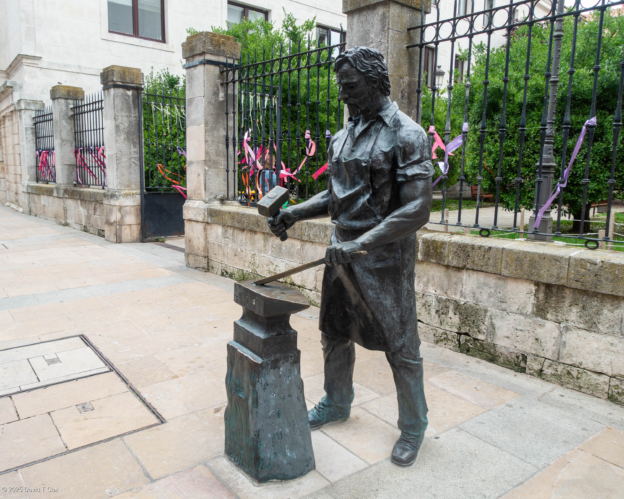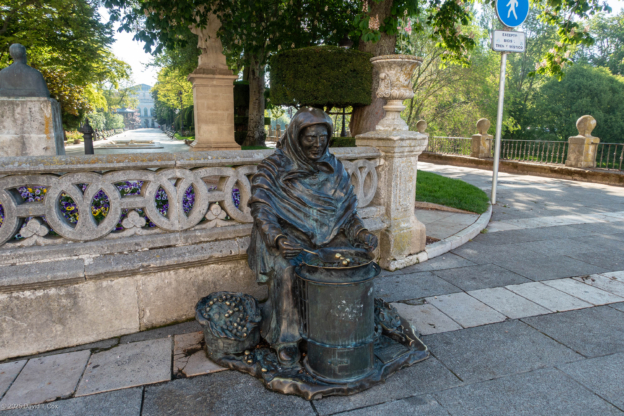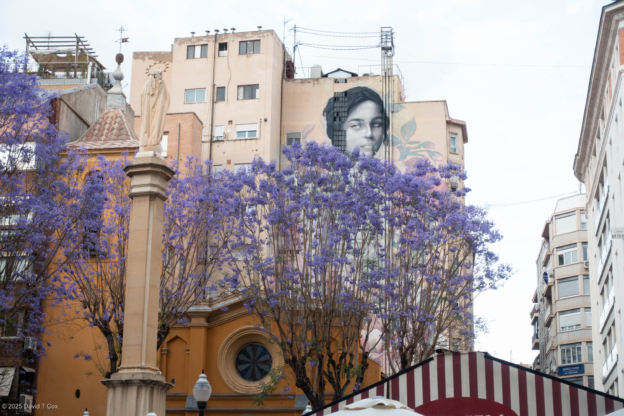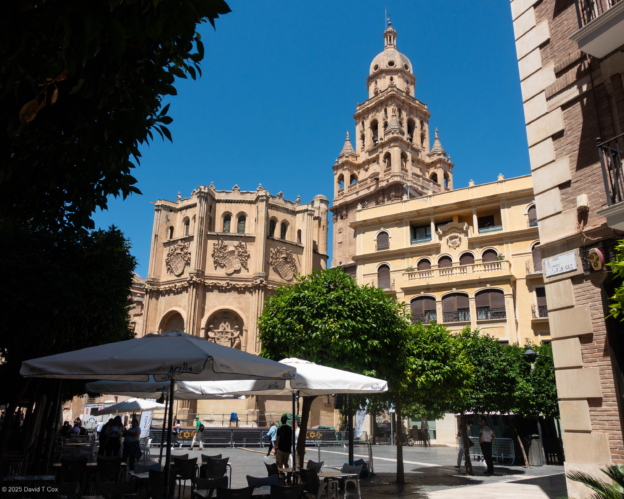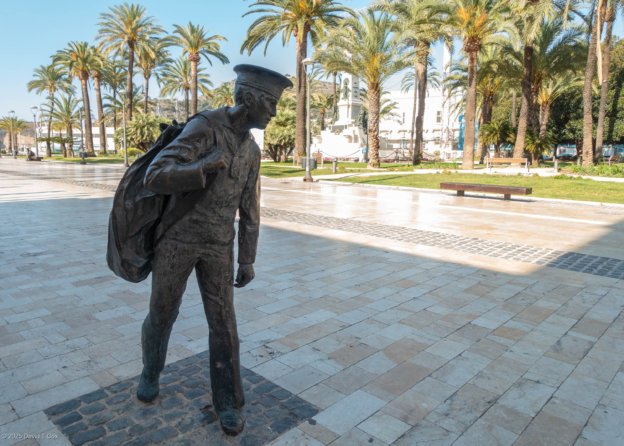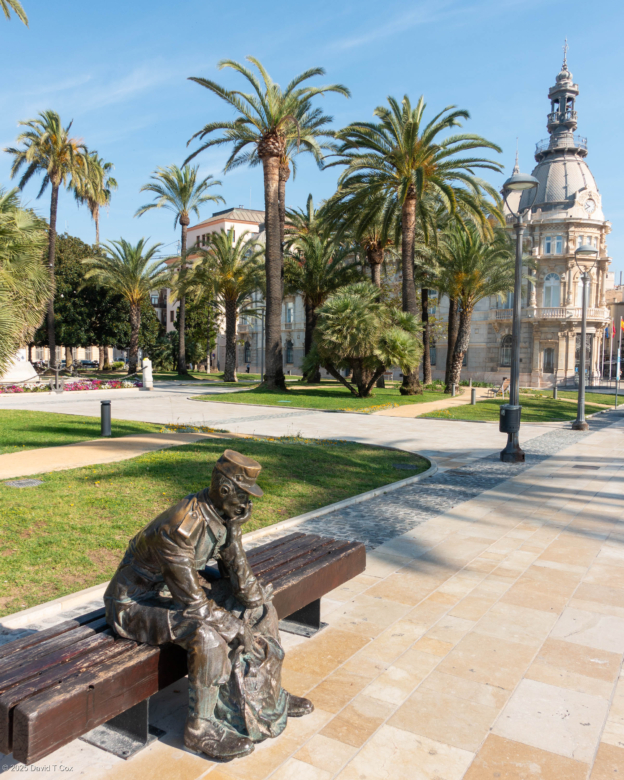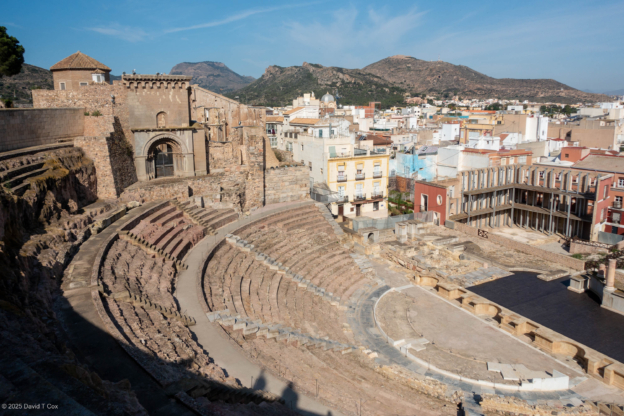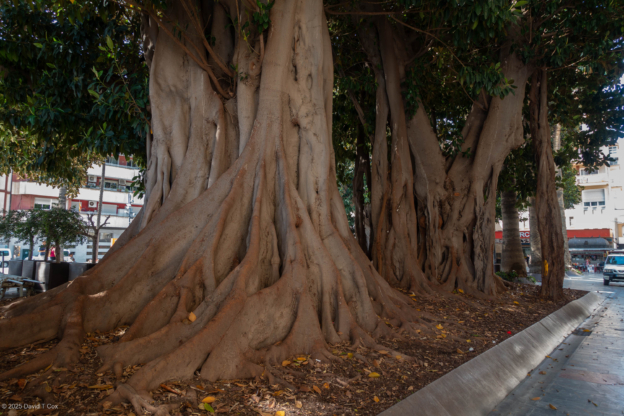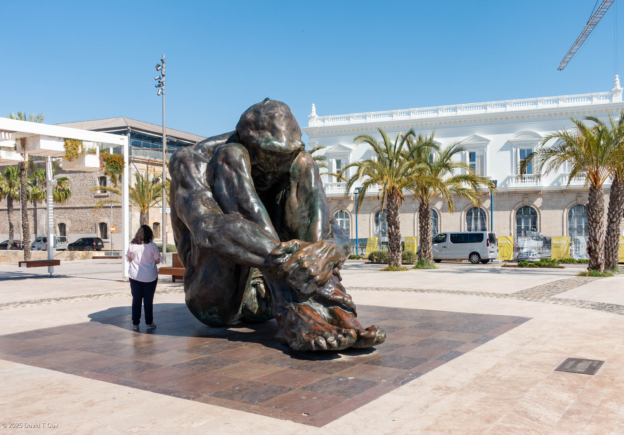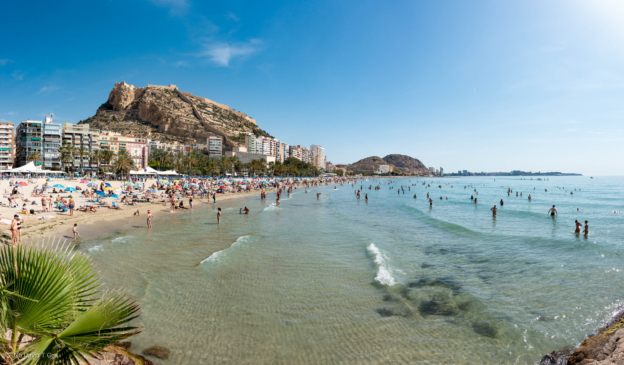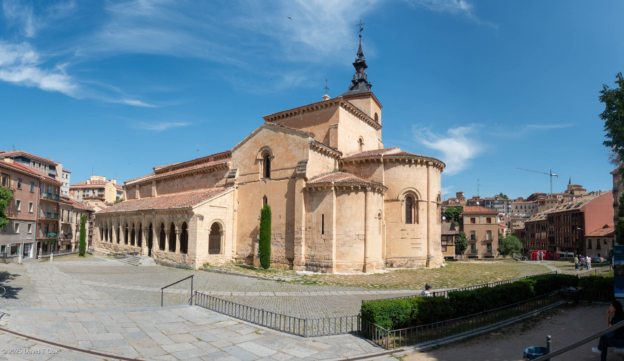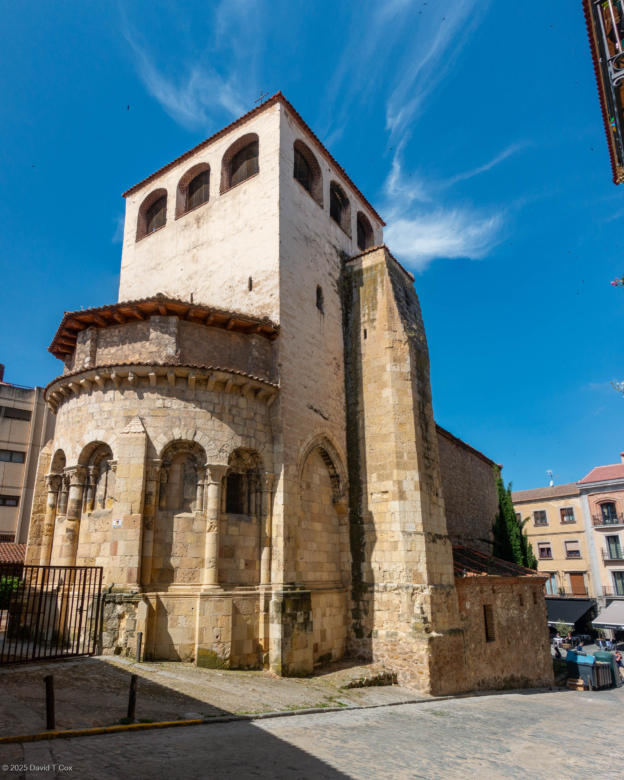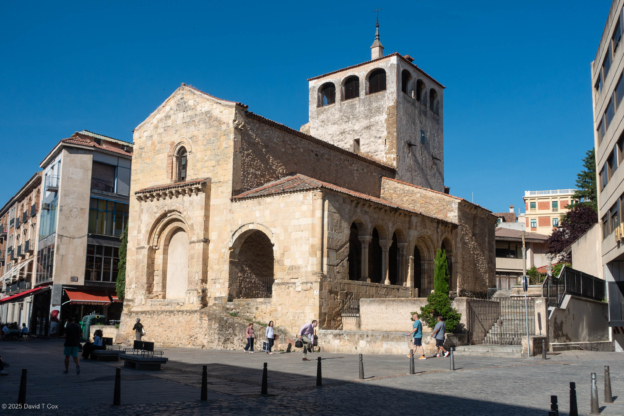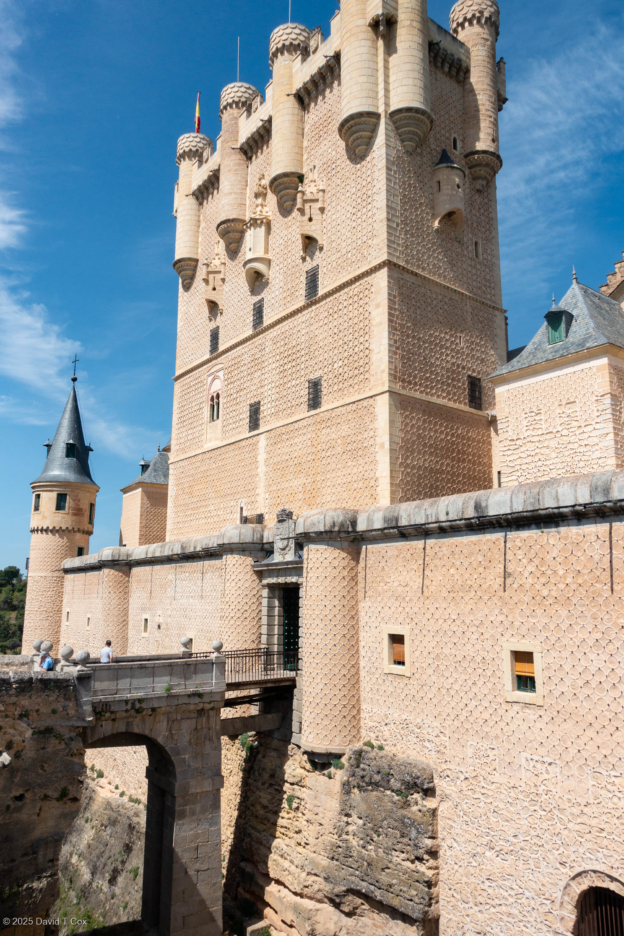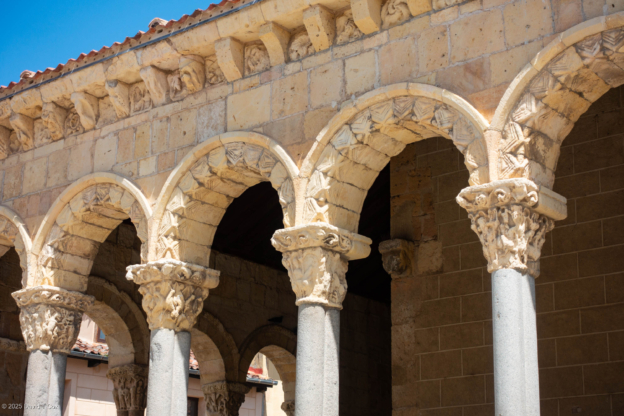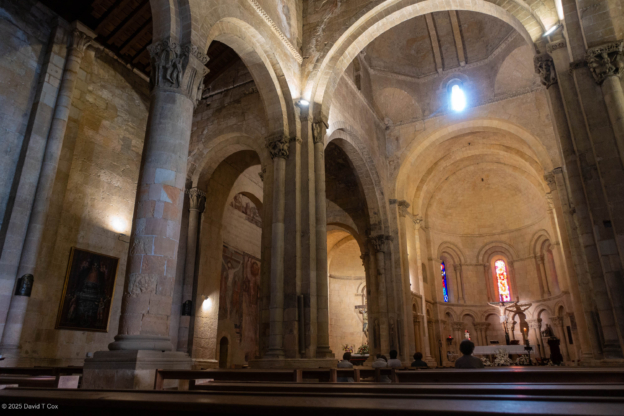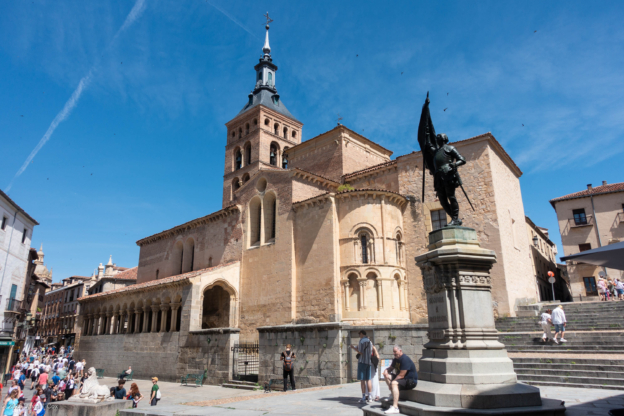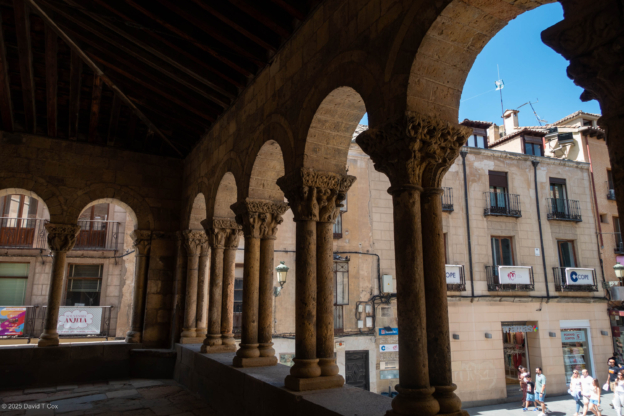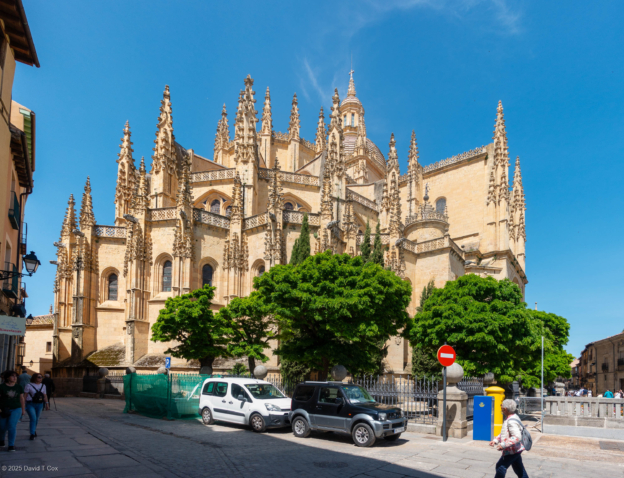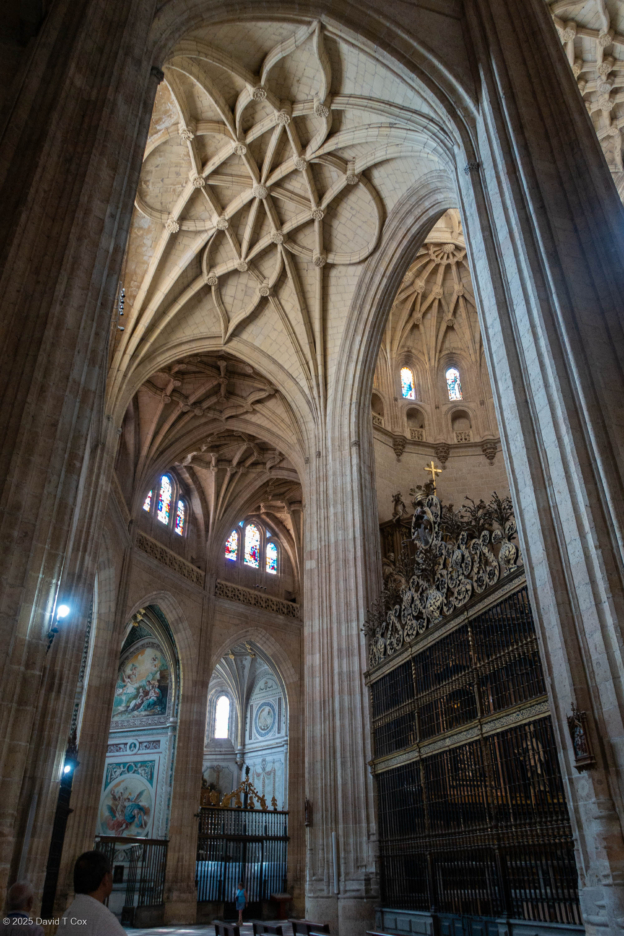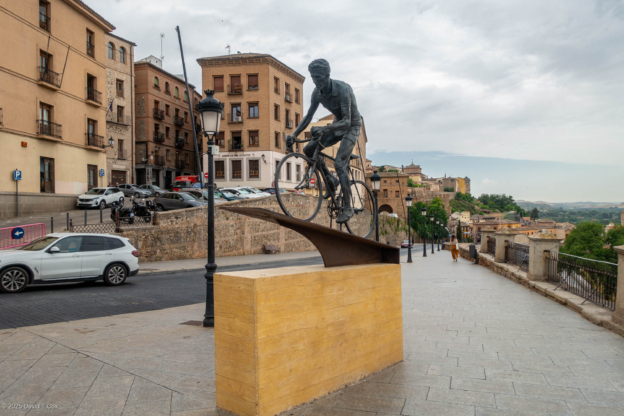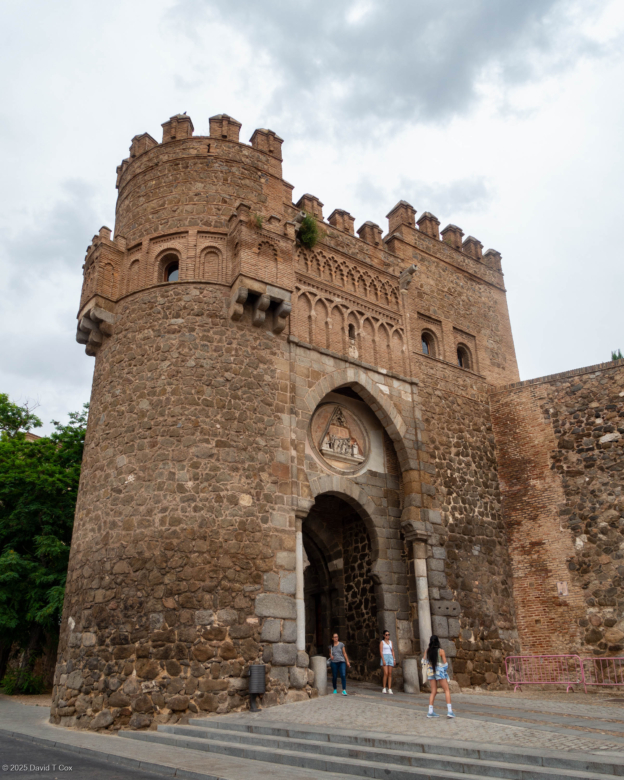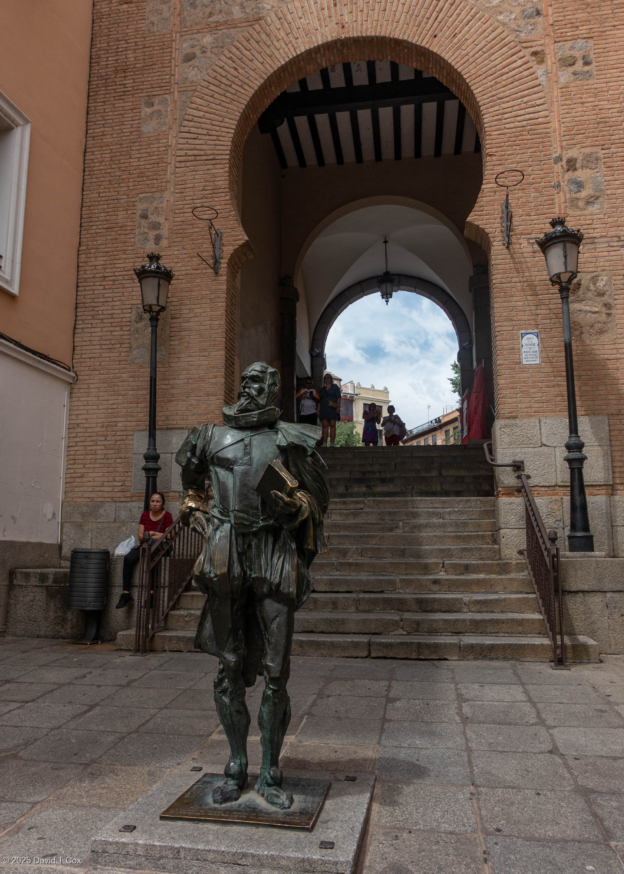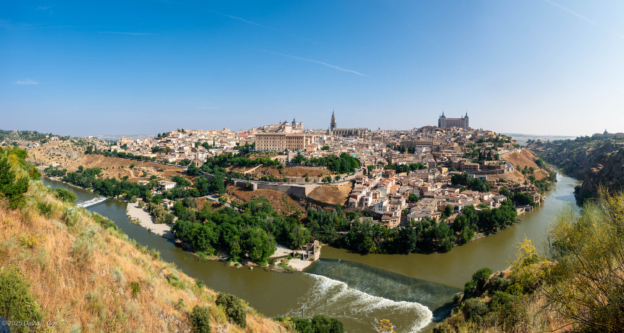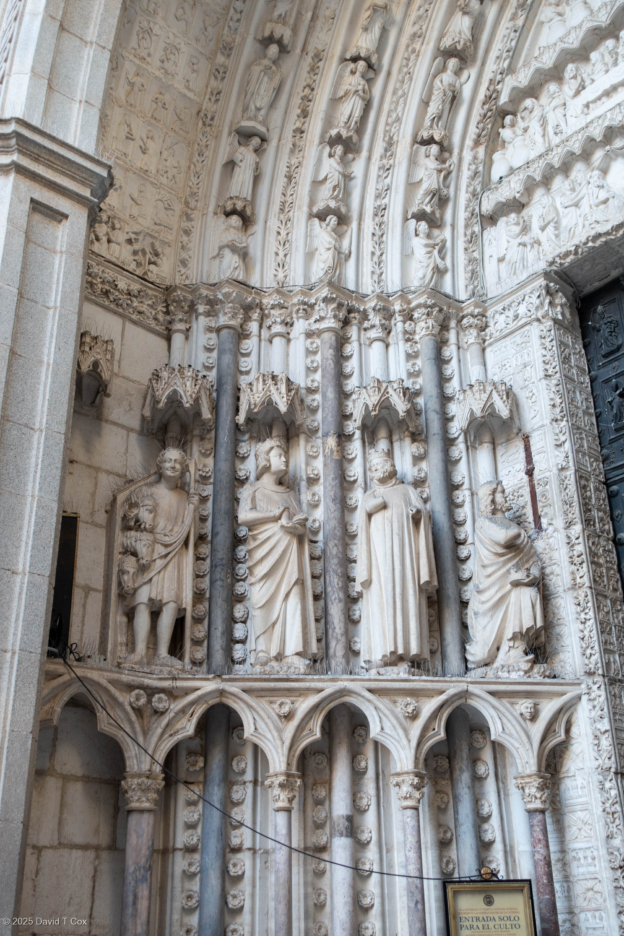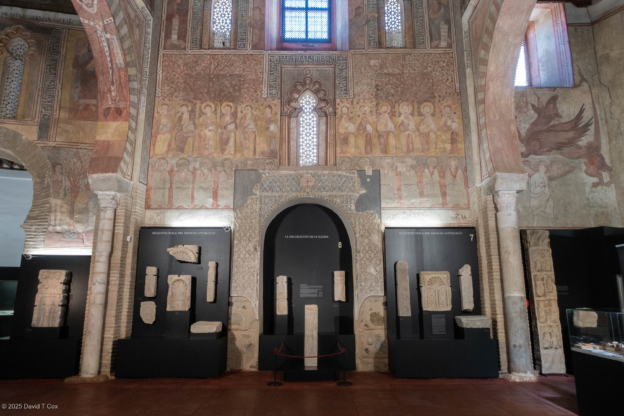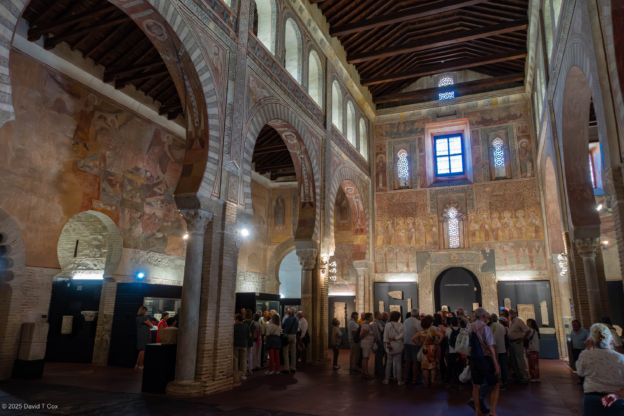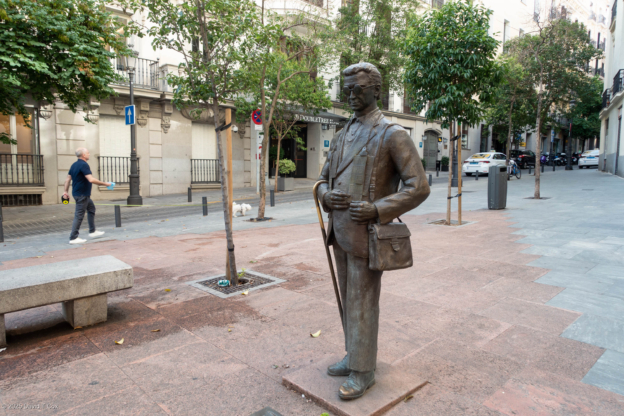Madrid: My trip started poorly, early on March 19, when for 2 hours I was stuck on a plane on the tarmac of the airport in my home town, Tucson. After returning to the departure gate to disembark, we learned the destination airport in Dallas had closed several runways for excessive wind. That put my arrival in Dallas back by hours, thus missing my next connection to Heathrow, London. Upon arrival in Dallas the airline, American, texted me that they had changed my flight to a later one going direct to Madrid. I wound up in Madrid 3 hours early – Amazing. A day later I read the news that Heathrow was totally shut down for days due to a fire, occurring just hours after my connection was originally scheduled there, thus had I still been routed through Heathrow I might have been stranded in London for an unknown number of days. Wow. I have had, at least 3 times, major international flight disruptions in the past, but this could have been the worst. I arrived in Madrid so early that I could not re-book my airport pick-up and transfer to my central apartment, so had to use the metro subway system with my luggage in tow, which was very crowded as usual.
The Spain apartment was nice, just two blocks south of the city central Sol Plaza, and dead in the middle of the highest concentration of tapas bars and dining in Madrid. I was pretty much out-of-it the first day due to the 8-hour time change, but was fine after several glasses of red wine, a meal and 11 hours of sleep.
Daily, on the Jacinto Plaza just a half block south of my apartment, gathered the usual groups of young black men, undocumented migrants from across the Mediterranean, with their knockoff items for sale (t shirts and purses); they work in large groups – some always on the lookout – with their items spread on sheets with the four corners tied to rope cords held by the men. When the national police make their routine appearances, the men pull up the ropes, enclosing the fake goods in the sheets now slung over their shoulders, then take off running.
Cadiz: On Wednesday I took the train from Atocha Station to Cadiz – it was not an Ave highest speed train, but still plowed along at 160 Km/Hr (100 mph) on the high-speed rail system – past Sevilla on older tracks it slowed to about 80 mph. I last visited Cadiz in 2012 and arrived then just before they held a grand prix motorcycle race, so the town was packed and I only could get a room for 2 nights. This trip I booked 5 days, and had time to look around. Cadiz is the oldest continuously occupied city in the Western world. It became the major Western port of the Phoenicians around 800BC, then became the major Western port for the Romans around 100BC, and finally became the major sailing port for several hundred years for all Spanish trade with the New World – Columbus sailed from here on his second voyage. The old town used to be an island 3,000 years ago, now lying entirely on a circular peninsula of about 1 mile in diameter, with only a very narrow tongue of land connecting it to the marshy mainland. Most streets really are passageways, pushing traffic pretty much to the exterior. Stone bulwarks still form much of the sea walls, defensive against pirate attacks during the trade with the New World. Cadiz now is visited almost daily by giant cruise ships – the main squares fill with tourists during the day. The ships sail in and out at night.
I visited the Cadiz Museum again. The terrific art gallery was closed for repairs, but the Archaeological section was open, and I once more was awed by the Phoenician artifacts from the period when “Gadir” was the major Eastern port – from about 800 to 300 BC. Here are displayed the two astounding sarcophagi from the 5th Century BC, each weighing about 4000 lbs. and carved from marble mined in the Greek Cyclades Islands. Also displayed, the fine 5th C BC terracotta Phoenician Gaditanas in emulation of the Goddess Astarte.
My apartment was 4th floor with balcony doors opening onto the cathedral square, with views of the Eastern Cathedral tower and the crowds below. After the Burmese earthquake, I woke occasionally at night with fear of an isolated earthquake (the town is earthquake prone) because my building was falling apart. It had dangerously steep and narrow stairs up to my 4th floor apartment, with no lights at night (I used a flashlight). The interior of the apartment itself was new and quite nice, but the building’s stairwell and outer interior walls were in bad repair. I believe the owner is an elderly lady who lives on the ground floor. I was checked in by, I think, a son-in-law. Booking.com does not give that type of detail.
Sanlucar de Barrameda: I traveled by bus from Cadiz north to Sanlucar, a smaller port town where the Guadalquivir River (which flows through Cordoba and Sevilla) flows into the Atlantic. Magellan’s voyage, the first to circumnavigate the world, sailed from and returned to Sanlucar. Today, the Guadalquiver River has silted up the port and so it no longer can handle larger ships. It is surrounded by marshes and a national park for bird-life; unfortunately, the ferry boat to cross the river to the park is permanently closed. The great fort also is closed for repairs, leaving not a lot to do or see in Sanlucar. Still a delightful town, full of tabancos and sherry cellars, with a couple of better than decent Indian restaurants. My Hotel Barrameda is lovely, with patios covered with tiles, and a roof-top outdoor area with fabulous views over the Plaza Cabildo with its fountains and tapas bars.
Tomorrow I travel a short distance inland to Jerez, the great center of sherry bodegas, with the wonderful but strong white finos. Till later. Dave
- bronze stature sweeper near Carretas Street, Madrid, Spain
- illegal migrants on Plaza de Jacinto Benavente, selling illegal knockoff goods, 1 block from my apartment, Madrid, Spain
- Great olives at Mercado San Miguel, Madrid, Spain
- Tapas at Mercado San Miguel, Madrid, Spain
- bronze stature near Royal Palace, Madrid, Spain
- view on Alcala Calle, Madrid, Spain
- Catedral, Cadiz, Spain
- Dave with vino tinto at Ceveceria Sardinero on Plaza San Juan de Dios, Cadiz, Spain
- Phoenician male & female sarcophagi, (marble from Greece Cycladis), Cadiz Museo, Gadir Phoenician Period 5thC BC, Cadiz, Spain
- Gaditanas terracotas associated with Astarte, Gadir Phoenician Period 800-400BC, Cadiz Museo, Cadiz, Spain
- bronze statue Las Cigarreras de Cadiz (rolling puros) by sculptor Celso Escamilla, in front of the Fabrica de Tabaco near train station, Cadiz, Spain
- Parque Genovas, Cadiz, Spain
- Cruise Ship Seven Seas Splendor, Cadiz, Spain
- Cabildo Plaza Pano from Teraza of Hotel Barrameda, Cadiz, Spain
- Dave having beer at Martinez on Plaza Cabildo, Sanlucar, Spain
